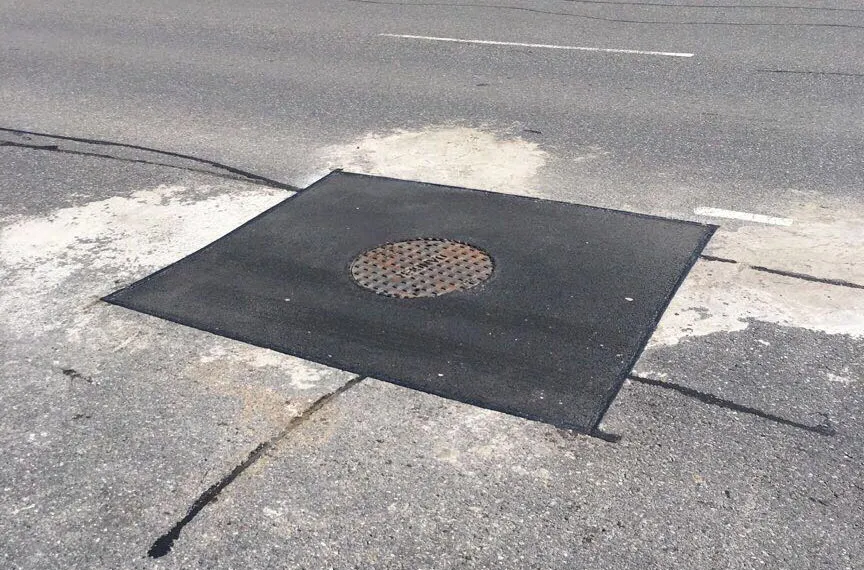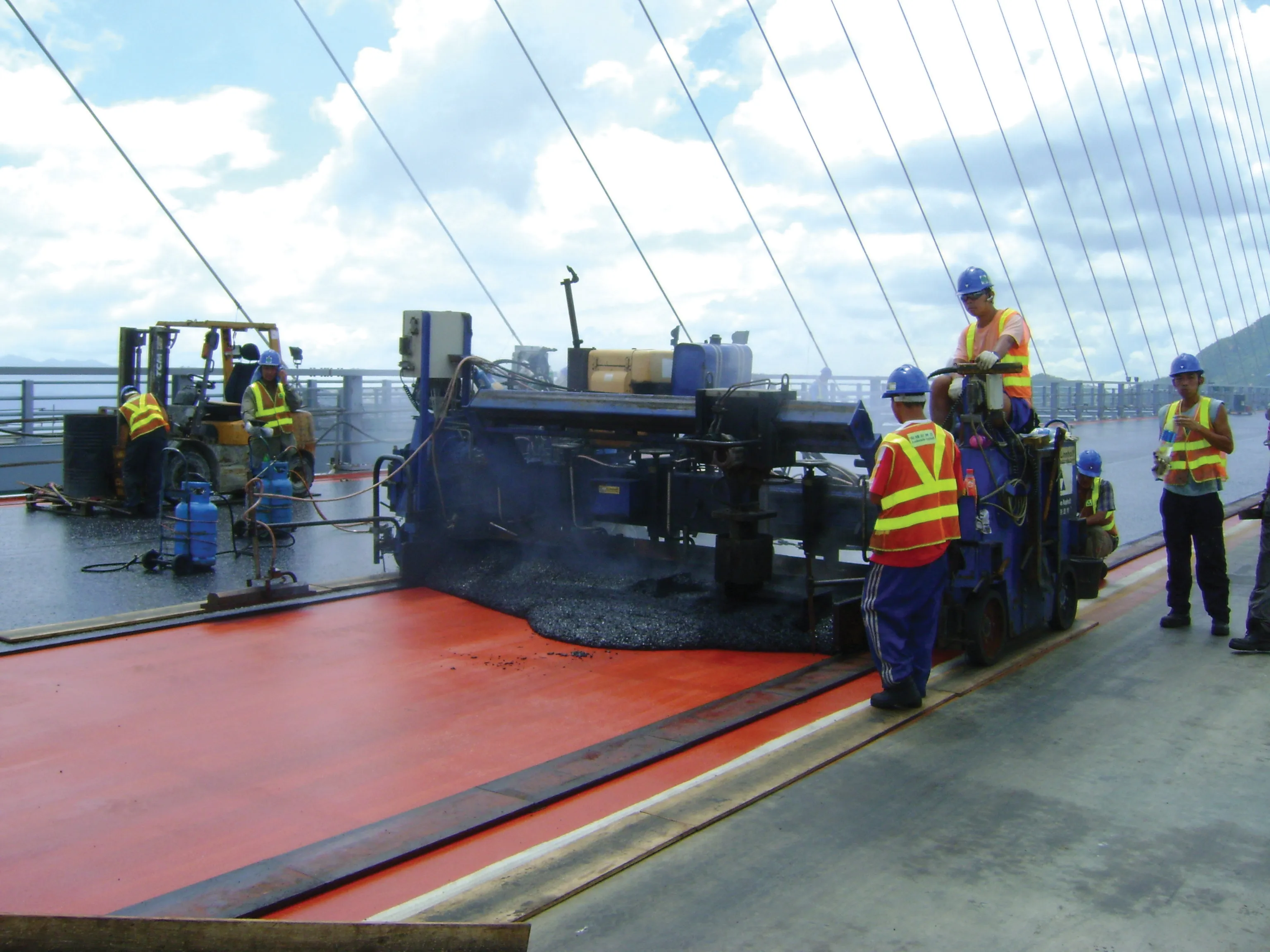
UK-based
Instarmac said the installation was carried out in conjunction with the Region of Peel council, near the city of Toronto. It was done quickly with minimal disruption to motorists and in temperatures above 35ºC.
The Manhole Installation System has been independently tested and approved by the UK’s Highways Authority Product Approval Scheme, said Instarmac, a manufacturer and distributor of cement- and bitumen-based products globally.
The Region of Peel confirmed that it will be working with Instarmac’s Canadian partner Da-Lee using the Envirobed HA104 high-performance bedding mortar on a number of other problematic manhole covers throughout the area.
Instarmac’s Manhole Installation System is made up of Envirobed HA104 high-performance bedding mortar, M60 rapid-strength bedding mortar, PY4 polyester resin system, QC10 F rapid-set flowable concrete, Instant Road Repair cold-lay asphalt, SCJ seal and tack coat spray and Instaband ECO thermoplastic overbanding tape.
The company said that manhole cover ironwork reinstated with Instarmac’s system can be opened to traffic in as little as one hour after completion. It has a service life of more than five years.








